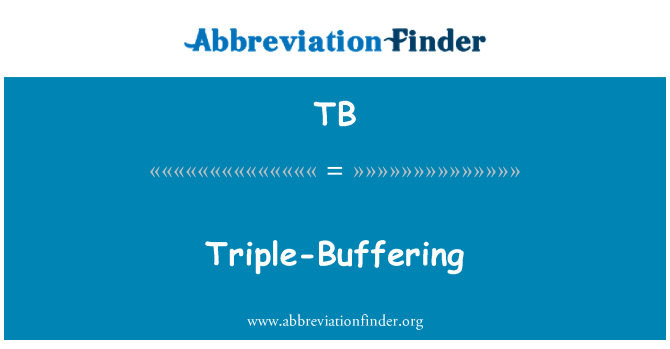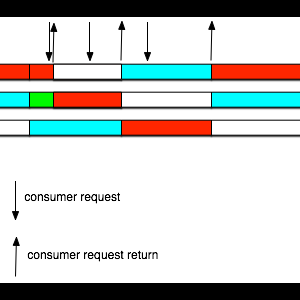What Is Triple Buffering. I understand the concept of triple buffering (additional frame buffer) and how it can be used to combat tearing at the cost (potentially) of input lag. In computer science, multiple buffering is the use of more than one buffer to hold a block of data, so that a "reader" will see a complete (though perhaps old) version of the data.

By adding a third, behind-the-back-buffer, buffer, the graphics card can get to work on the frame after the next one as soon as.
To avoid creating new buffers per frame and to minimize processor idle time between frames, implement a triple buffering model.
As many players may already know, V-sync prevents screen tearing by stopping your video card from outputting extra frames before your monitor can. For triple buffered V-Sync in OpenGL games, set Vertical sync to Force on and Triple buffering to On. What do I need to set in order to use triple buffering ? "Triple buffering has one major advantage over double buffering.








